Investing in Controlled Environment Agriculture with Confidence
Agritecture Blog
SEPTEMBER 13, 2023
Written by: Djavid Amidi-Abraham September 13, 2023 Controlled environment agriculture (CEA) is a rapidly growing segment of the farming industry. Many investments come from venture capitalists who want to treat vertical farming like a tech investment. Is it worth building or is it worth looking at off-the-shelf options?”


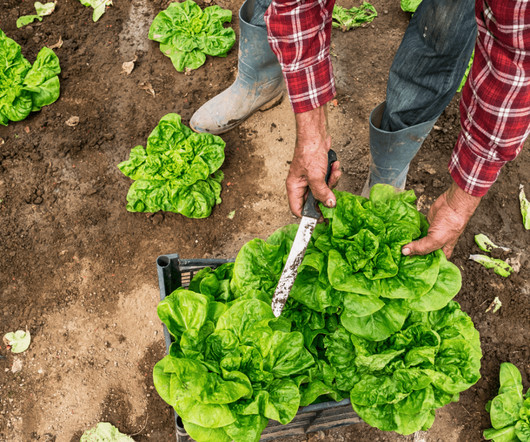


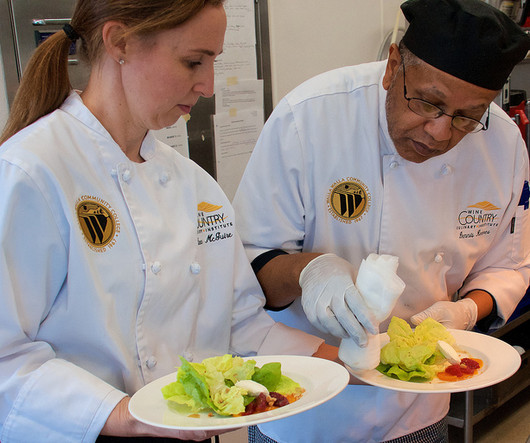

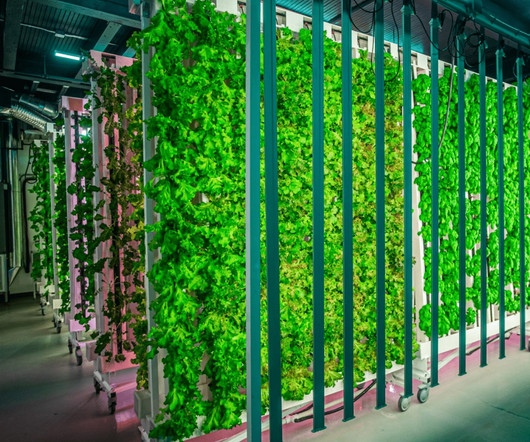
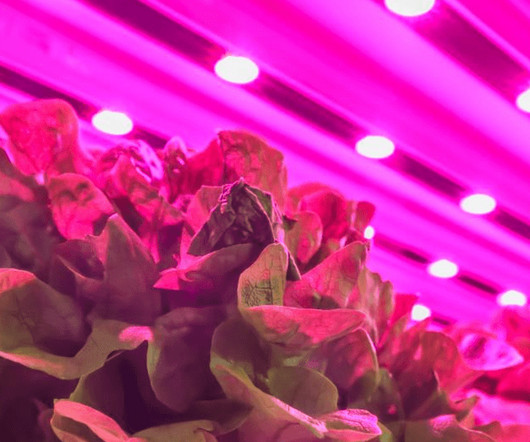



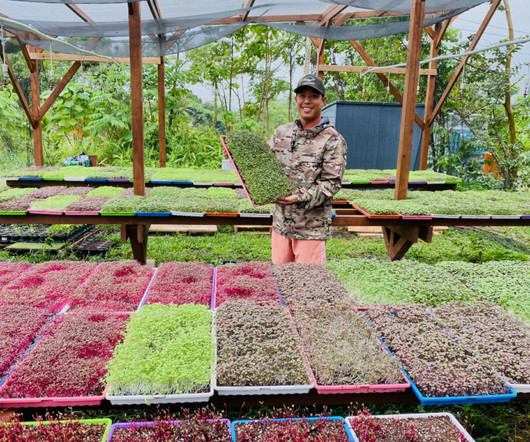


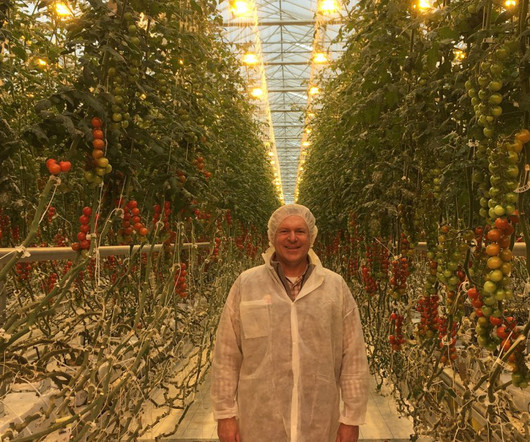

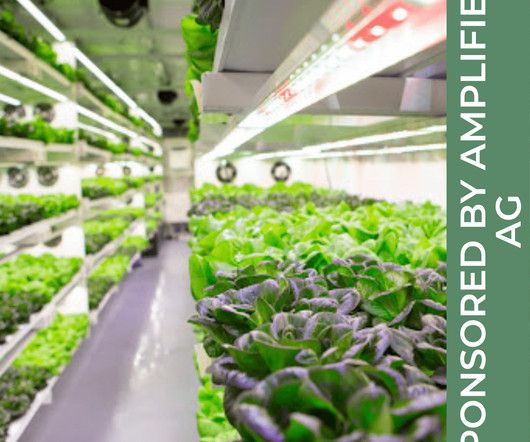






Let's personalize your content